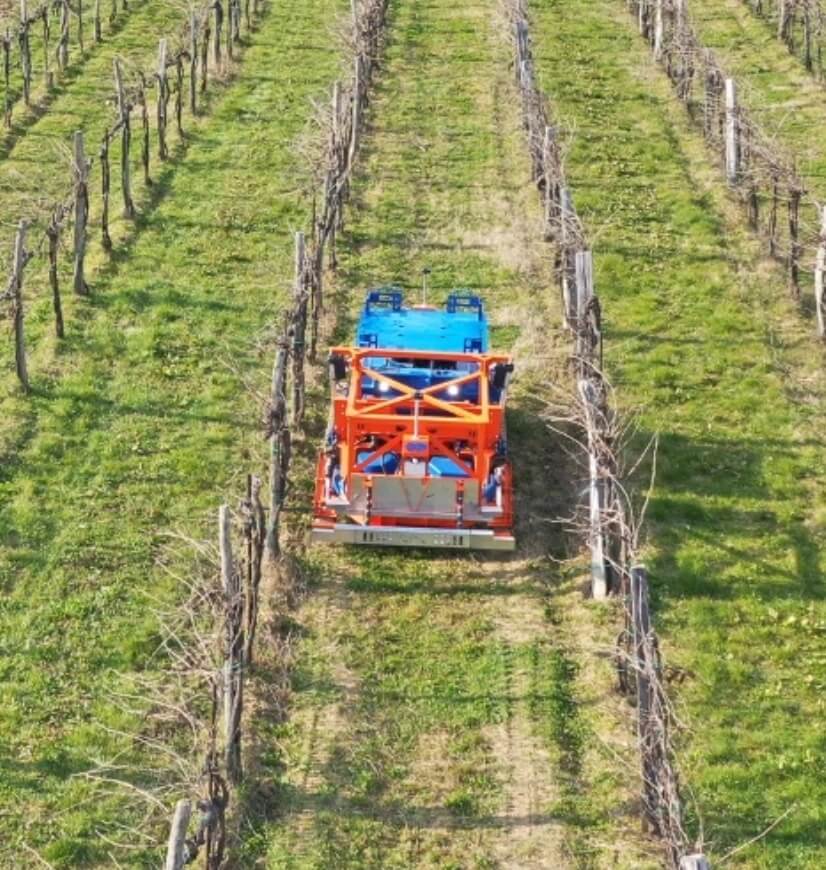
R-WAVE RTK
Mobile RTK system providing perfect positioning and creating precise maps using GNSS and ground station data.
The Challenge
R-WAVE RTK
KEY ELEMENTS
GNSS satellites
Base station
RTK Antenna on the vehicle
RTK Mapper
R-WAVE RTK
HOW IT WORKS?
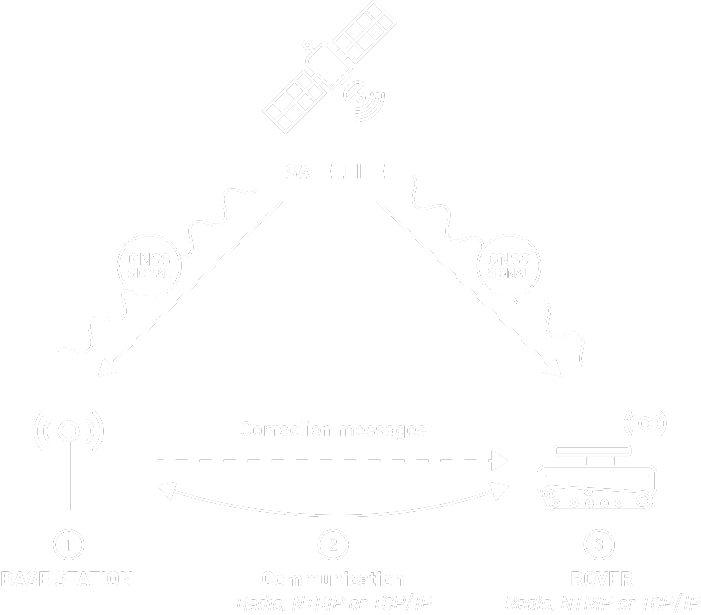
The architecture of the RTK system is built around three key components: a stationary base station, a mobile receiver (known as the “rover”), and a dedicated data link that connects them. In addition, for more dynamic mapping scenarios, a handheld mapper can be incorporated into the system. The base station maintains a fixed position, serving as an essential reference point, while the rover is attached to vehicles or other moving objects. A significant benefit of this system is the base station’s ability to communicate with multiple rovers simultaneously.
Slopehelper
RTK navigation option
The base station sends corrections to Slopehelper and this additional data acts as a countermeasure, rectifying potential discrepancies in the GNSS data introduced by atmospheric and ionospheric variances, nearby building structures, and even weather dynamics.
To reach centimeter-level precision, the base station generates correctional data and transmits it to the rover in real time. This flawless transmission occurs via a dedicated Wi-Fi network established by the base station. Once received, the rover incorporates these corrections into its GNSS positional calculations, guaranteeing exceptional accuracy.
The base station sends corrections to Slopehelper and this additional data acts as a countermeasure, rectifying potential discrepancies in the GNSS data introduced by atmospheric and ionospheric variances, nearby building structures, and even weather dynamics.
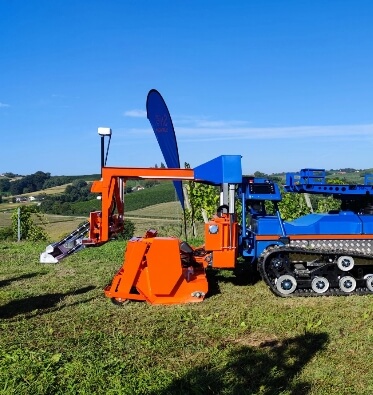
BENEFITS & ADVANTAGES
Easy to setup and ready for operation
The system boasts an easy setup that eliminates the need for intricate tuning or calibration. Once the satellite connection is established, the system is ready for operation.
All-Weather Operation
Reliable operation in all weather conditions or/and in low visibility.
Long battery life
The system can operate up to one month without recharging.
Compact and easy to transport
The antenna, mapper, and the modular frame of the base station are designed with compactness in mind. This ensures not only easy transportation but also facilitates a swift setup of the system in the field.
Robustness and quality
All elements are characterized by high quality and a long service life, as they are designed to operate in demanding weather conditions.


